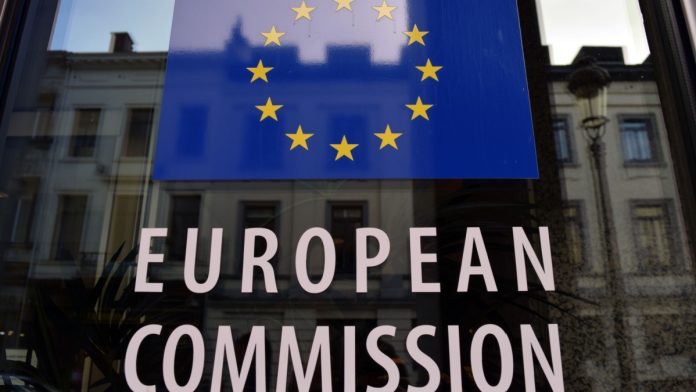The European Commission has published its newest evaluation of the financial threats and cyber crime endangering the internal EU market, highlighting that even after the pandemic, cash remains prevalent and exposes the region to increased money laundering risks.
Analysing the state cash use, the SNRA detailed what it calls “the paradox of banknotes”, where despite cash retail transactions notably being on the decline, people are increasingly looking for access to Euro banknotes.
Therefore, it’s concluded that the EU is exposed to “significant money laundering/terrorist financing risks” due to the criminal economy largely remaining cash-based, the SNRA states.
The report backed the current legal framework, which is being implemented by 19 member states, as being a strong tool for hindering money laundering, however warned that diluted frameworks leave other member states vulnerable.
The threat of crypto was also pinpointed as being something that needs ‘not only a high level of consumer and investor protection and market integrity, but also for measures against market manipulation’.
With its first edition published by the EC in 2017, the supranational risk assessment (SNRA) report aims to guide businesses from different sectors on how to “identify, assess and understand money laundering (AML) and terrorist financing (TF) risks’ and take appropriate protective measures.
In its latest iteration, the SNRA looks at the level of business adoption rates that previous recommendations have managed to achieve, while also addressing the new challenges that businesses have faced so far since the last report was published back in 2019.
According to the new SNRA, most of what the EC has advised on since then has been implemented, outlining an overall high understanding of the scope of the problem from both the private and public sectors.
Some of the previous legislative measures that have already been adopted sector-wide include the ‘5th Anti-Money Laundering Directive’ and the ‘Directive on access to financial and other information’.
The structure of the report evaluates money laundering and terrorist financing risks by grouping 43 EU market products and services into eight different categories, which include cash-related activities and services in the financial and gambling sectors.
In terms of financial services, the report covers industries like banking, e-money, crypto assets and payments services. Thorough research has been put by the EC into how to protect businesses within this line of work, with many of the previous recommendations already being put into effect.
However, the SNRA requested special attention to be given to credit and payment institutions, bureaux de change, e-money institutions and credit providers, as they appear to be the most vulnerable to ML and TF risks.
Gambling has seen an outstanding technological development in recent years, especially after the COVID-19 pandemic, it was also stated. Therefore, the SNRA also reports an increase in crime efforts’ sophistication, especially when it comes to online gambling.
The new recommendations for cash-related activities state that when laying down their national risk assessments, Member States should not underestimate the risks that come with high-value cash payments
For the financial sector, Member States are advised to initiate more comprehensive due diligence checks on customers, improve monitoring and detection systems and emphasise on the provision of training and education on financial risk factors.
In gambling, competent authorities are urged to come up with programmes that can teach online gambling operators about the evolving threats to the sector’s integrity, such as anonymous e-money use and unauthorised operators.





















